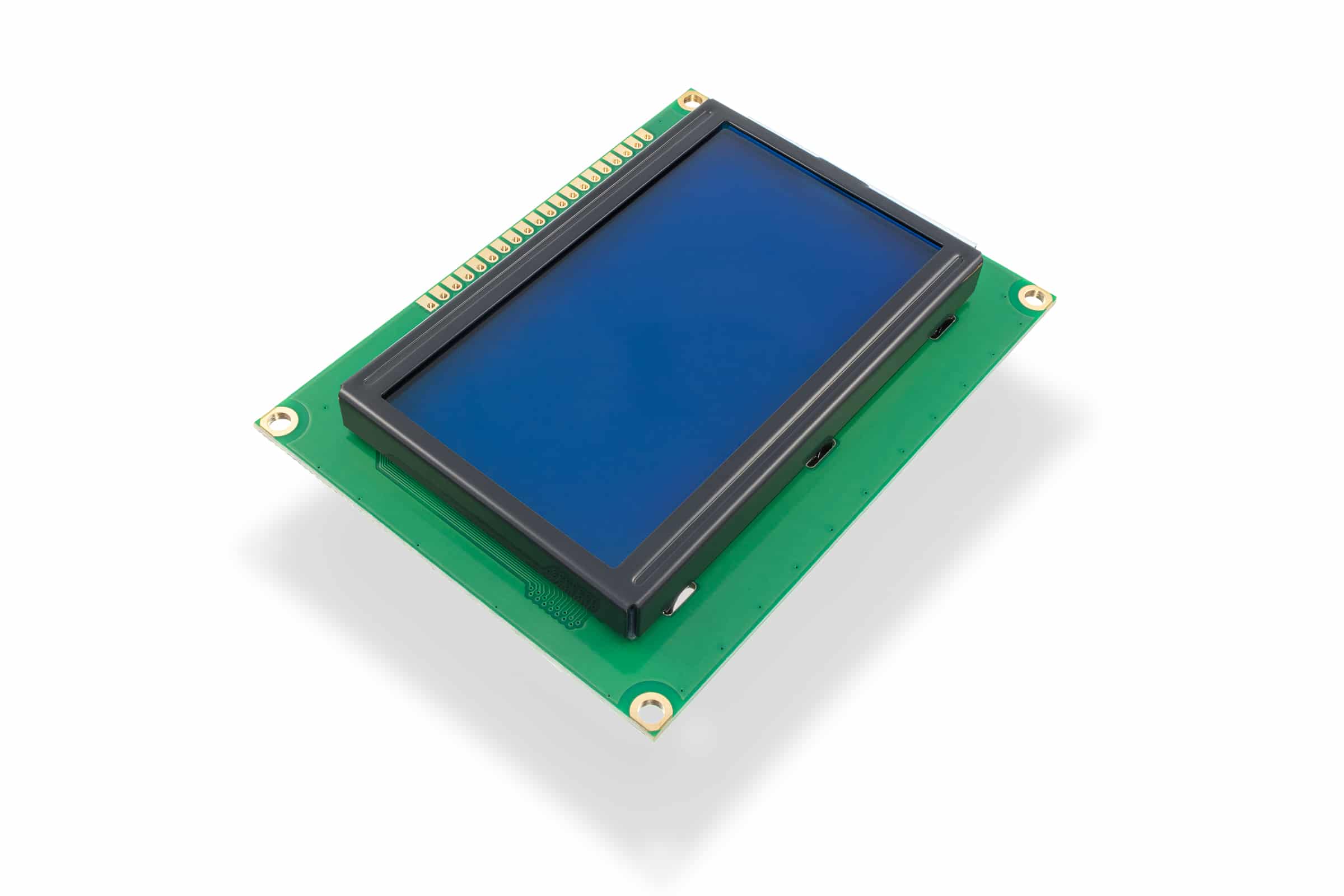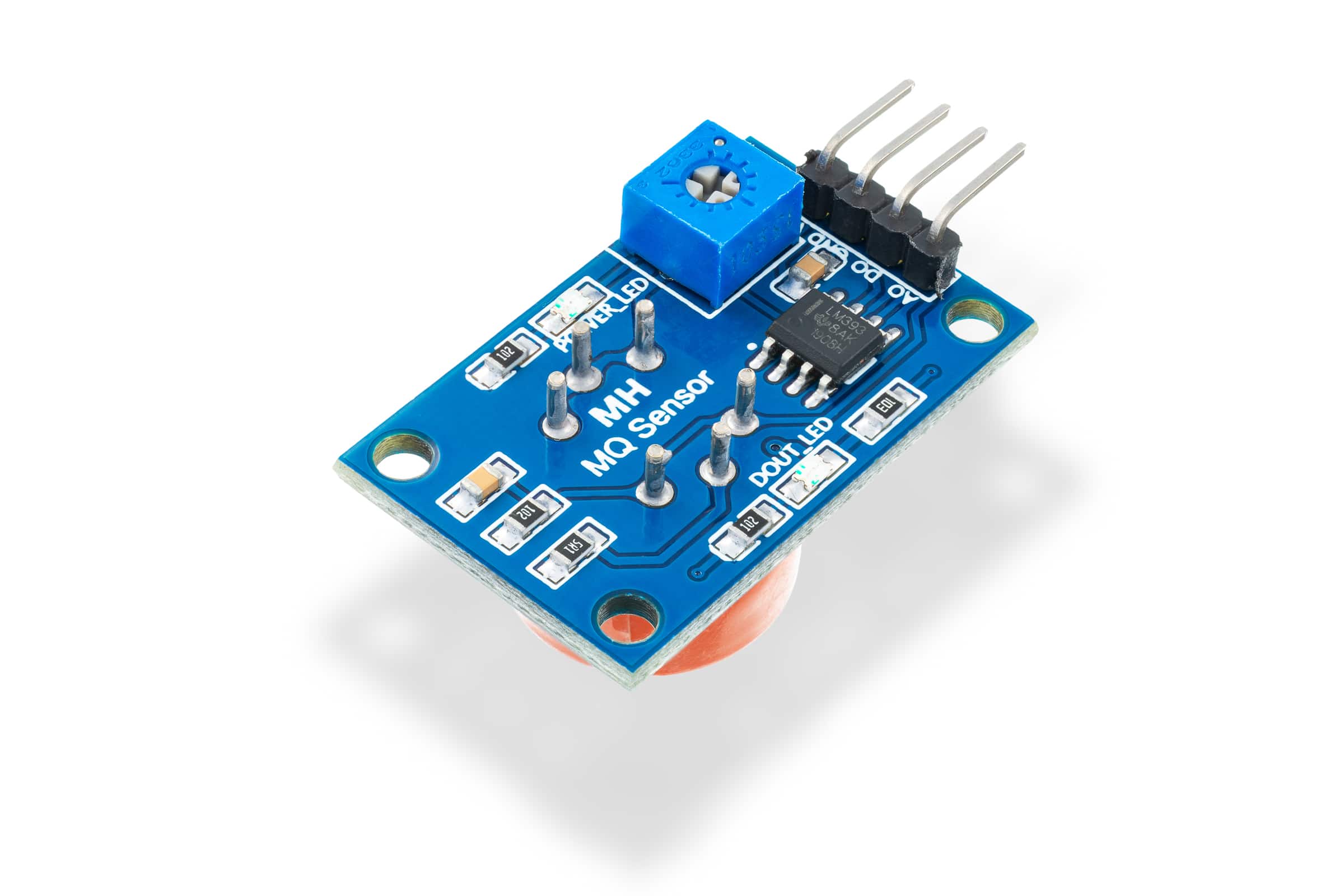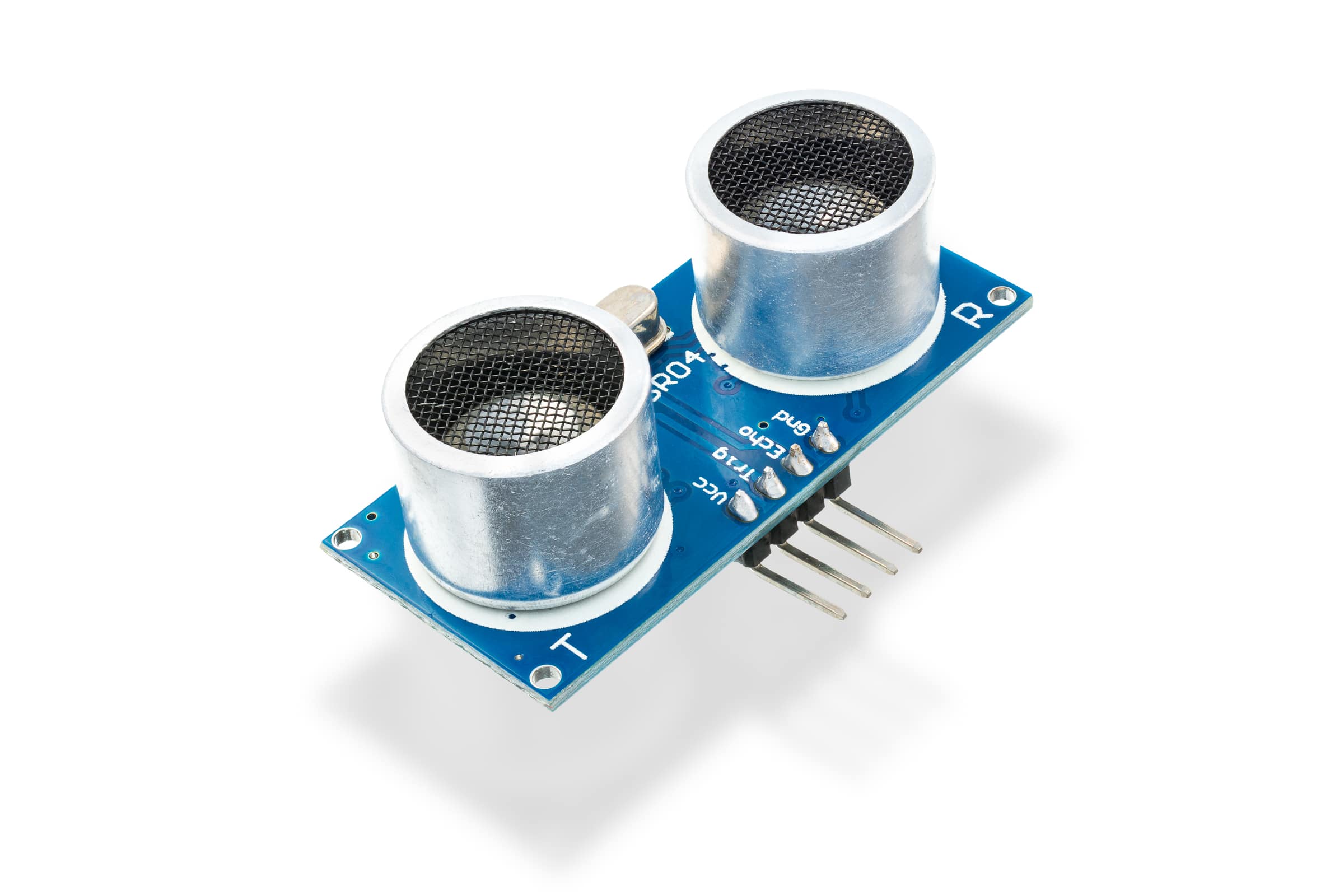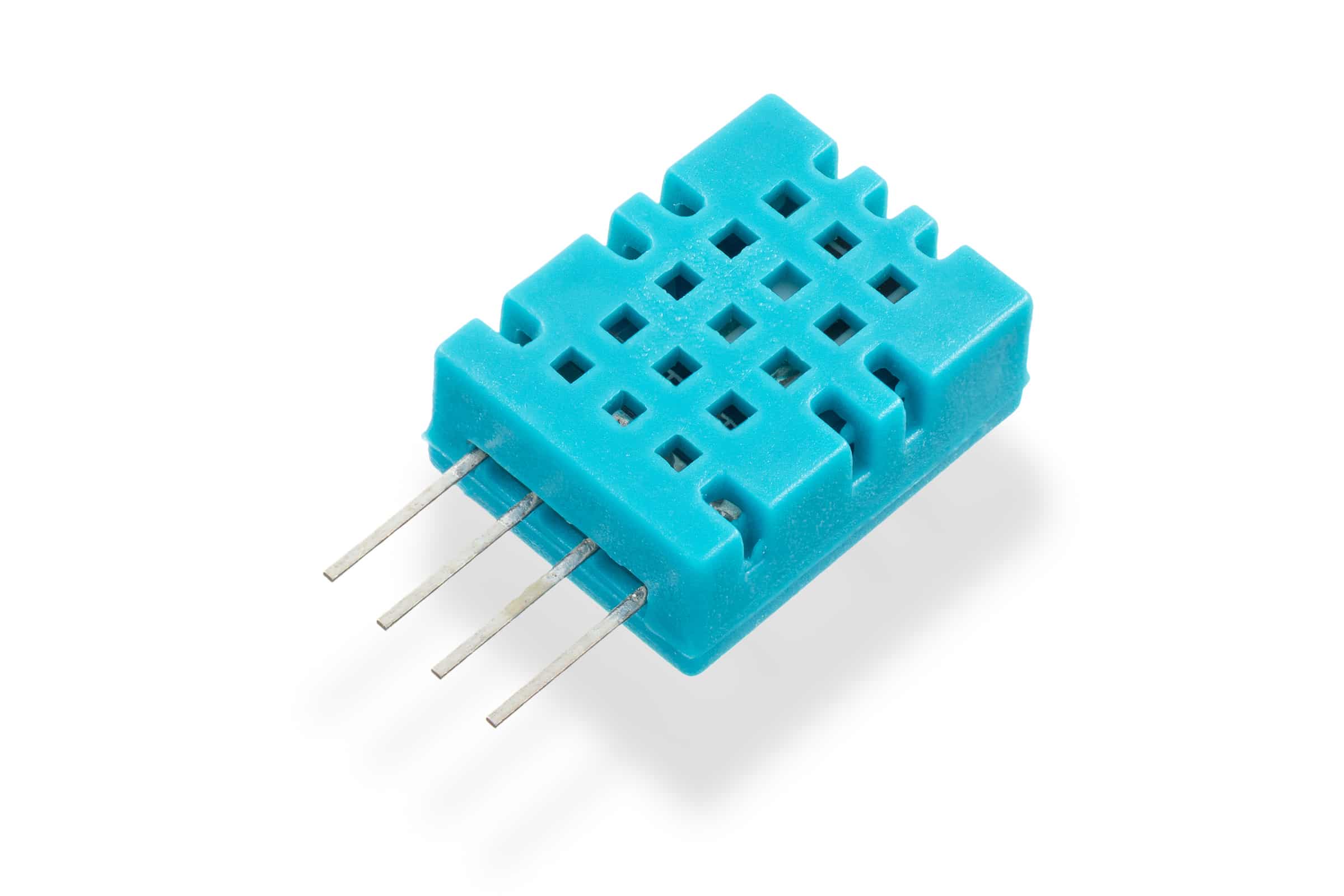-
Sub-total: Subtotal: $177.49
- Dasduino (Arduino-compatible)
- Inkplate
- easyC ecosystem
- Raspberry Pi & Micro:bit
- Breadboards & Cables
- Batteries & Power supplies
- Kids
- Sensors
- Actuators
- Communication
- Tools & Lab equipment
- Soldering kits
- Components
- Sale
Shop
24/7 free customer and technical support
Comprehensive documentation
Open-source hardware and software
2-year Warranty - no questions asked
Showing 649–672 of 690 resultsSorted by latest

This is a pretty ordinary signal diode 1N4148. It is used for signals up to 200mA of current.

LCD display with one ST7920 controller displays text, symbols or any other characters that are a product of Croduino/Arduino. With an ability to display 128 characters in 64 rows, it will find its usage in many projects that are required to show clear and readable output information.

Ordinary and well-known rectifier diode 1N4007. It’s often used for rectification of voltage, protection from the wrong polarity, different projects with breadboard etc.
Max. voltage that this diode can endure is 1000V and max. current it can carry out is 30A.

This set of cables makes component conjugation when prototyping or testing much faster and easier. Set consists of 10 cables that have alligator connection on each end so you could hook it to any component easily. Moreover, your work will be even simpler because of different cable colors in the set.

A rotary encoder can be rotated endlessly – it has no end. That’s the main difference between it and the potentiometer and the reason why it’s more suitable for usage in certain applications. Its output (rotation outcome) is written in gray code, therefore you’ll need a microcontroller in order to use it.
It also has inbuilt pushbutton which makes it suitable for different selections.

Screw terminal for PCB with the legs width of 5mm with 2 contacts.

78m05, often used 5V linear regulator in DPAK SMD package.

LCD display with HD44780 controller enables showing text, symbols, value or anything else that comes from Croduino/Arduino. It is capable of showing 20 symbols in four lines and therefore can be used in many projects that need to send clearly visible and legible output information.

An alcohol sensor is capable of detecting alcohol (ethanol) particles on itself and gives the information in digital form back to us to manipulate it.

This little laser is capable of showing a small dot on a great distance. You can use it, for example, in combination with a photoresistor to register when somebody has passed through a certain space.
• Wavelength: 650nm (red color)
• Power: 5mW
• Voltage: 3V

In a buzzer speaker, current is run through a coil of wire that produces a magnetic field. The flexible ferromagnetic disc is attracted to the coil when current is flowing through it and returns to a “rest” position when current is not flowing through the coil. The sound from the buzzer speaker is produced by moving a ferromagnetic disc in a similar way to a cone in a speaker.

The TowerPro SG90 Micro Servo Motor is a highly popular and versatile component, especially favoured by hobbyists and educators for its easy compatibility with Arduino and other microcontrollers. Its compact size and lightweight design make it an ideal choice for projects where space and weight are considerations. With a wide operating voltage range and precise control, the SG90 offers reliable performance for a multitude of small-scale applications, making it an important piece in introductory robotics and electronics kits.
This micro servo excels in various applications, from controlling robotic arms and legs in small humanoid robots to actuating camera gimbals or steering mechanisms in RC cars. Its ability to provide accurate angular positioning within a 180-degree range, combined with its ease of integration, makes it a tool for bringing dynamic movement to static designs. The SG90’s plastic gear train ensures durability for repeated use in educational and experimental environments.
Its widespread adoption has led to a vast community of support, with countless tutorials, code examples, and project ideas available online, particularly for Arduino users. This accessibility, combined with its straightforward wiring and control via standard PWM signals, positions the SG90 as the go-to micro servo for rapid prototyping, educational projects, and small-scale automation tasks.

This module lowers the input voltage on the specified output voltage that you adjust through the trimmer on the board. It’s very practical because while changing the input voltage, the output voltage always stays the same. However, the input voltage has to be at least 0.7V higher than the output voltage.
Input voltage is IN+ and IN-, while the output is OUT+ and OUT- . A power supply is able only to bring the voltage down, not up!
It does not have a protective diode in case of the wrong polarity, pay attention while connecting!

This driver for stepper motor enables control over a stepper motor that does not require more than 500mA of current and works at 5V-12V voltage. Except for the driver, it has built-in LED lights that indicate which phase of the motor is currently active. Connecting on Croduino/Arduino is simple, and control is directly through the library.

The 433MHz RF Transmitter and Receiver module provides a reliable and cost-effective solution for wireless communication in a wide range of DIY and professional projects. This paired set enables radio frequency (RF) communication between two devices, such as an Arduino, NULA or other microcontrollers, making it perfect for applications requiring remote control or data exchange without physical wiring. Its design ensures stable performance, while the ease of integration allows both beginners and experienced makers to quickly implement wireless functionalities.
Designed with versatility in mind, this RF module operates at a frequency of 433MHz, a widely accepted band for short-range wireless applications. It utilizes ASK (Amplitude Shift Keying) modulation, offering a balance between simplicity and effective data transmission. The module’s flexible voltage requirements for the transmitter (3V – 12V) allow for adjustable range, reaching up to 40 meters indoors and an impressive 100 meters outdoors, especially when paired with an external antenna. This makes it suitable for home automation, security systems, and various Internet of Things (IoT) devices.
Backed by documentation, tutorials and open-source software compatibility (e.g., Arduino RadioHead library), they provide an accessible path for both beginners and experienced developers to add wireless capability to projects.

NRF24L01+ module enables wireless two-way communication between two Dasduinos. Its range is up to 100m outdoors. With some adjustments of the antenna, the range can be larger.

LCD display with HD44780 controller enables showing text, symbols, value or anything else that comes from Dasduino/Arduino. It is capable of showing 16 symbols in two lines and therefore can be used in many projects that need to send clearly visible and legible output information.

The membrane keyboard is a system of 16 keys that are mutually connected and enable us more complex entry to Dasduino/Arduino. Using this keyboard, you can create whole systems of menus, data input, and adjustment of different parameters.

DS18B20 is a waterproof temperature sensor packed in metal and waterproof housing. For communication with Dasduino/Arduino, it uses only one wire and it is possible to put up to 127 sensors on one code and measure temperature in 127 different places by using just one wire!
Check out: „How to use a module?“ in the TUTORIAL section for the information on how to use the sensor, how to connect it to Dasduino/Arduino and downloading the library.

A truly classic sensor! The HC-SR04 Ultrasonic Sensor is a cost-effective solution for distance measurement in a wide array of projects. With ultrasonic waves, this module accurately determines distances from 2cm to 400cm with a high resolution of 0.3cm, making it a great choice for applications requiring a wide range of proximity detection. Its design, featuring an ultrasonic transmitter, receiver, and control circuit, ensures stable performance and ease of integration.
Engineered for compatibility, the HC-SR04 is a favourite among Arduino and Raspberry Pi enthusiasts. Its 4-pin interface (VCC, Trig, Echo, GND) simplifies setup, allowing for rapid prototyping and development. Whether you’re building obstacle avoidance robots, smart parking systems, or interactive art installations, this sensor provides the foundational data needed to bring your visions to life with minimal effort.
Its technical prowess, the HC-SR04, stands out for its value and broad applicability. It empowers hobbyists, students, and professional developers to implement ranging capabilities without significant investment. Its proven reliability and extensive community support further solidify its position as a go-to component for educational purposes, DIY electronics, and advanced automation systems, ensuring your projects benefit from accurate and consistent performance.

DHT11 is the simplest temperature and humidity sensor that can find. It connects to Dasduino in a very simple way using just one code (video below) and gives you back two variables as temperature and humidity.
It does not require extra calibration to work, just plug it in and use it. Look up the library for it in the TUTORIAL section.

A breadboard is a piece of equipment that anyone who works with electronics must have. It enables connecting components and modules without soldering and in that way provides simpler testing, prototyping and learning. This breadboard is inside our Dasduino Beginner Kit.

Unleash your creativity and accelerate your electronics projects with our high-quality large solderless breadboard. Designed for seamless prototyping, this 830-point breadboard provides a platform for connecting components without the need for soldering. Its layout and construction make it an essential tool for hobbyists, students, and professional engineers alike, ensuring quick circuit assembly and modification.
Our large breadboard features 830 tie points, including dedicated power rails, to accommodate complex circuits and a wide range of components. The backing offers stable placement on your workbench, while its durable design ensures longevity and repeated use. This breadboard is perfectly suited for developing Arduino, NULA and Raspberry Pi projects, sensor interfaces, and various DIY electronic experiments.
Experience the difference in EU manufacturing quality, offering exceptional connectivity and stability for all your prototyping needs. Whether you’re learning the basics or tackling advanced designs, our large breadboard is your go-to solution for efficient and reliable circuit development.



